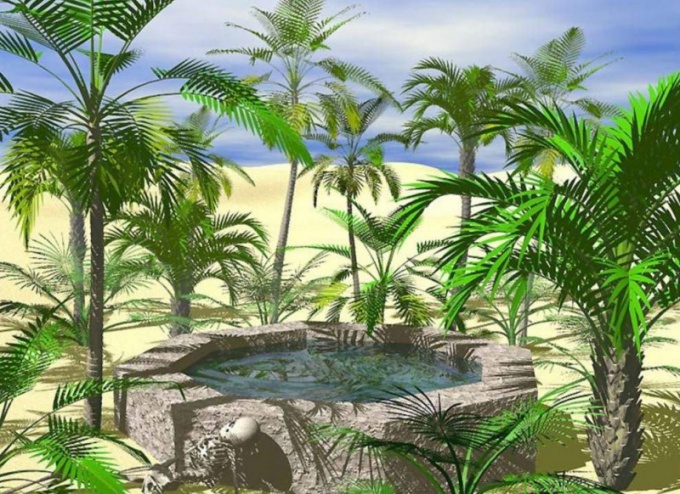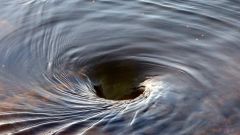You will need
- - aerial photographs;
- - information about nearby wells and wells;
- - monitoring of the environment;
- - topographic map;
- - geological reports.
Instruction
1
The easiest way to find out information about an aquifer – talk to neighbours and local residents. Inspect all the nearby wells and wells, measure depth of water. Ask about the quality and quantity of produced water. Below the new well has been the most productive, it should be located as far as possible from existing wells.
2
To see how much water can give you a aquifer will appreciate the quality of the soiland in it. Pebble and sandy soil usually contain a lot of water, and the thicker the layer and the higher the grit of the soil, the more productive aquifer. Clayey and silty soils are not as effective, it is better to dig a wider well. If around limestone, quartz, Sandstone – choose place with the faults and weathered parts of the rock, it contains the greatest amount of water.
3
Note the presence of vegetation, especially in arid areas. The best indicators of water – long cane plants, shrubs, broadleaf trees (e.g., willow and cedar). Also an indicator of the presence of water – a cluster of anthills. But on annual grasses and ferns not worth watching.
4
Good aquifers are located near surface waters. View map of the area – if there is a riverbed (even if it is filled with water only once in 5-10 years), 15-20 metres is likely to be a great aquifer.
5
Look for animal trails leading to watering holes, springs and keys. Just above these places it is possible to drill highly productive wells.
6
If possible, examine the configuration of the hydrographic network. A rectangular configuration, with the faults of sedimentary rocks is the best place to drill wells. In folded rocks, with a complex wavy structure of the aquifer is more difficult to find – it can be on top of geological folds. In dense crystalline rocks are frequent branching drainage system.
7
View airbrush images of the surface. Typically, the aquifer follows the contours of the earth's surface. Its presence may speak dramatic changes and sloping rectilinear depressions in low-lying terrain.



